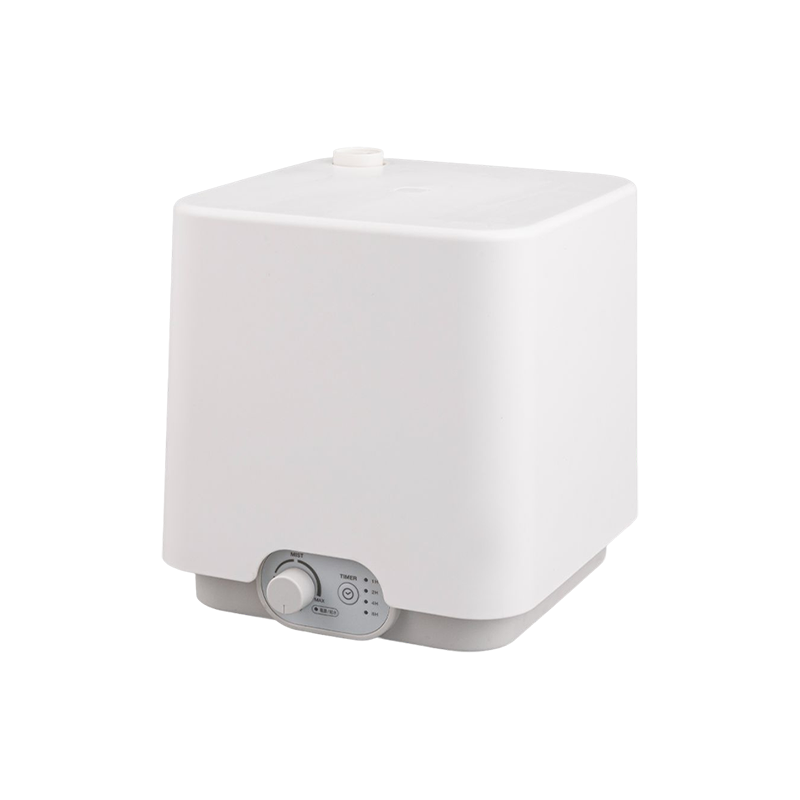Air Purifiers remove contaminants from the air to improve the quality of indoor air. They are most commonly advertised as helpful to allergy sufferers, asthmatics, and those who want to reduce exposure to secondhand smoke. However, there are other reasons for purchasing an air purifier. Regardless of your health conditions, there is a good chance that you could benefit from one.
Filterless air purifiers
Filterless air purifiers are a convenient way to reduce air pollution in your home. They are easy to operate and require less maintenance than other models. Some of these units also have remote controls and nightlights. Some are portable, so you can place them anywhere in your home. These machines are most effective in small rooms and spaces, though.
Some of these devices use UV-C light to kill bacteria and viruses. However, you should keep in mind that UV-C light is very powerful and can damage skin cells. Other types of air purifiers use ionization to remove airborne irritants. Unlike other filters, these models do not produce ozone.
HEPA filters
The HEPA filters in an air purifier are designed to trap the smallest particles in the air. These filters can be installed inside your HVAC system, or you can use one near the air intake. However, despite their high quality, these filters can't capture every particle. In fact, the filters can only catch harmful particles that are 0.3 microns or smaller. This means that people with delicate lungs or asthma can still be affected by poor air quality.
The HEPA filters in air purifiers are made up of fibers that are intricately woven. This material acts like a shield and barrier between large particles and the filter. It also contains many small holes, much like a strainer.
Plasmacluster ion technology
If you're looking for an air purifier that can reduce smoke, pet dander, and germs, Plasmacluster ion technology may be right for you. The technology uses a combination of activated carbon and long-life True Hepa filters to filter harmful particles from the air. In addition, it eliminates pollen and other common allergens.
Plasmacluster ion technology is used in hospitals, restaurants, kindergartens, and other places. These air purifiers are beneficial to the health of both staff and clients. The technology is also great for reducing airborne allergens, as well as viruses. This technology is ideal for any place that relies on clean air.
Plasmacluster ion technology works by generating positive and negative ions from water molecules. Airborne particles attract these ions, which cause them to become ionized. The ions then interact with other molecules in the air to create cluster ions. In essence, these ions are tiny water molecules that destroy airborne microbes.

Box air purifiers
A DIY box air purifier can be a great way to clean the air around your home without spending a ton of money. These air cleaners require the use of a fan and air filter. The fan will suck air through the filter and remove the viruses and other airborne particles. For best results, choose a MERV 13 rating filter. The process should take about ten to twenty minutes.
To make a box air purifier, you'll need a box fan and four 20x20 inch Merv-13 filters. If you can't find those, you can use Merv-11 or Merv-12 filters instead. You'll also need a few pieces of cardboard and duct tape. Make sure the cardboard circle is the same diameter as the fan. Next, attach the filters to the cardboard shroud using duct tape.
Activated carbon filters
Activated carbon filters are a type of air purifier filter that utilizes an adsorption process to trap airborne pollutants. They do this by injecting carbon dioxide, hot air, or steam into the carbon, creating a lattice of tiny pores. This process increases the surface area of the carbon, which can contain hundreds of square meters of carbon. It is also commonly treated with a chemical to make it more effective at filtering air.
Activated carbon filters are porous, making them more effective in removing gaseous airborne pollutants and odors. However, these filters can only be reused two to three times. After that, you should replace them. In addition to this, carbon air filters cannot be washed. Therefore, they should be stored in a dry place away from any moisture.

 English
English 中文简体
中文简体











